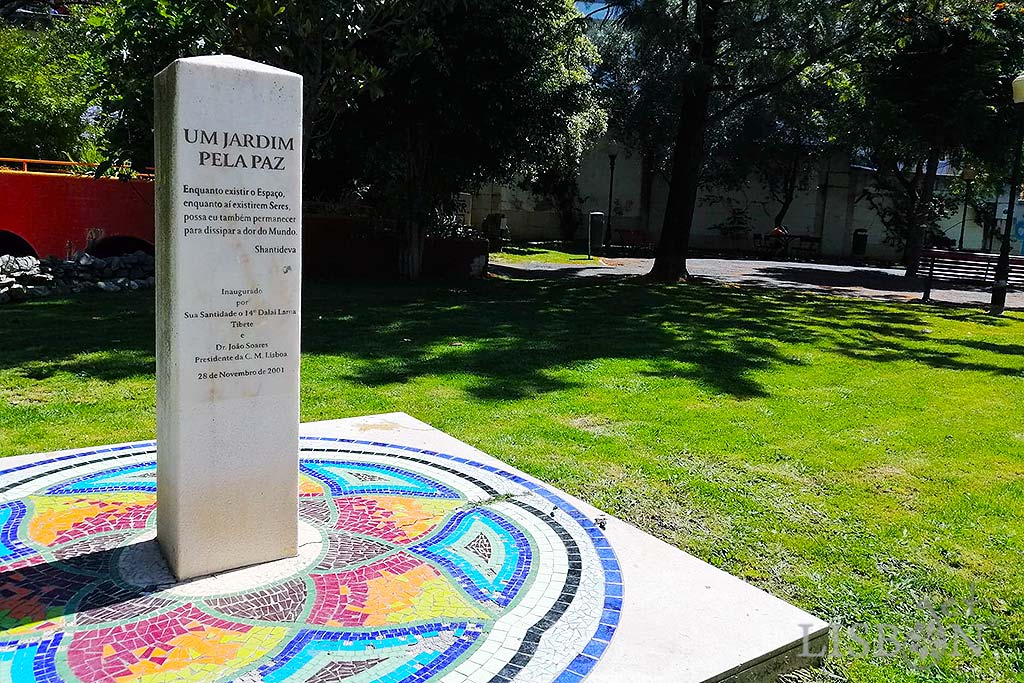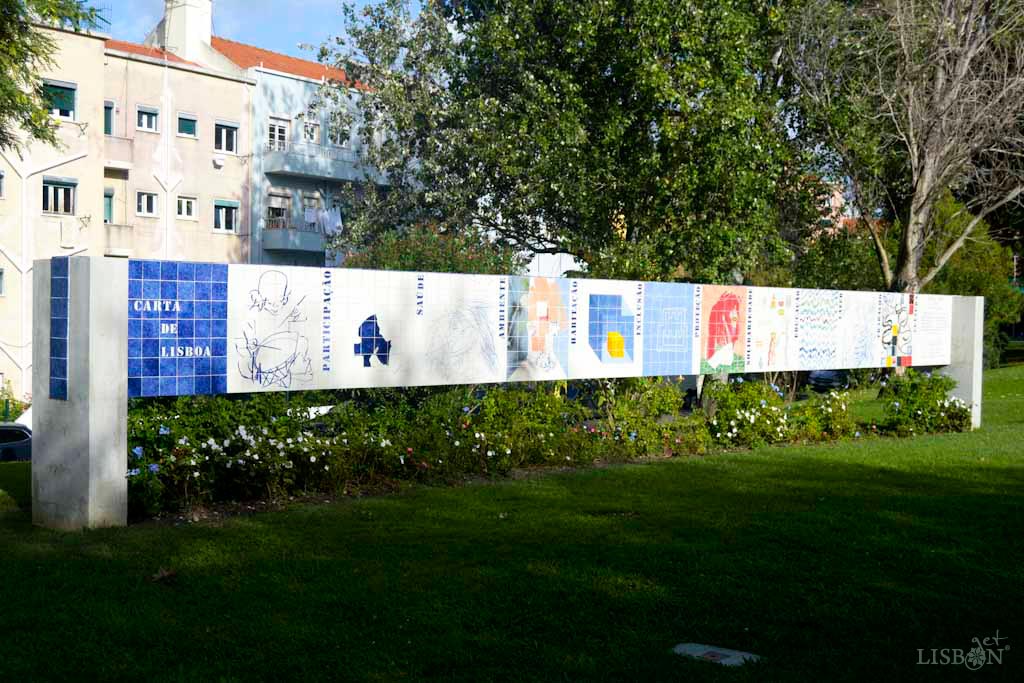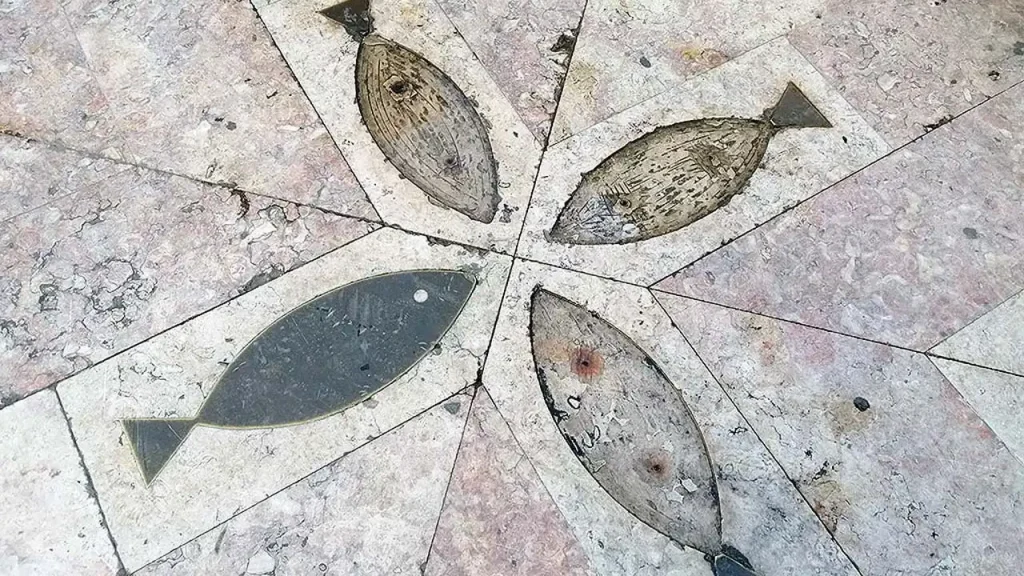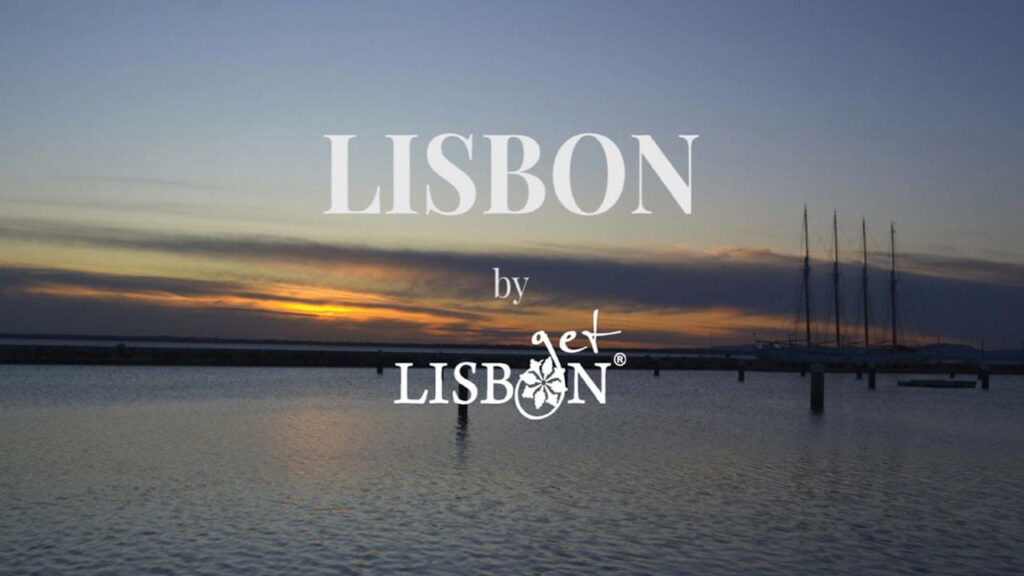Original article published on 4 November 2020
The affirmation of a plural and solidary Lisbon is present in symbolic marks that we find scattered throughout the city.
In 1945 the aftermath of the two great world wars that caused millions of deaths, destruction, hunger and misery was lived.
And thus, delegates from 50 countries met in San Francisco with the aim of, in their words, “save succeeding generations from the scourge of war, which twice in our lifetime has brought untold sorrow to mankind.”
It was in this context that the 30 articles of The Universal Declaration of Human Rights, adopted by the United Nations on December 10, 1948, were elaborated.
This declaration proposes: “the advent of a world in which human beings shall enjoy freedom of speech and belief and freedom from fear and want has been proclaimed as the highest aspiration of the common people…All human beings are born free and equal in dignity and rights.”
Today we’re telling you about the multicultural city and its artistic interventions that assert a Lisbon that defends human rights.
Construction of the Plural and Solidary Lisbon
Lisbon was born halfway between northern Europe and the Mediterranean.
A place of new opportunities, meeting or refuge, it has developed itself based on cultural, religious and ethnic diversity since its beginnings…
A plurality that alternated over the centuries between times of peaceful coexistence and miscegenation and dramatic episodes of intolerance and fanaticism.
Today Lisbon continues to be an attraction for people from all over the world who are looking for opportunities for better living conditions or who simply remain here enchanted by the city and its people.
Although Lisbon is undoubtedly a multicultural, cosmopolitan city and generally receptive to what comes from abroad, there are still deep-rooted prejudices that can only be justified by the ignorance of its own origins and history.
Discriminations of an ethnic, religious, sexual or gender nature are, although hidden, still present. Unfortunately, we haven’t yet reached a level of evolution and knowledge that allows these issues to stop being a topic of debate. Who has?
There is a lot to learn and to raise awareness of, in order to build a society that wants to be more than tolerant, inclusive and solidary.
In this sense, the role of the City Council of Lisbon is fundamental, not only with its own concrete actions in the field, but also in symbolic acts such as those that are perpetuated in the marks that we bring you today.
Marks of a Plural and Solidary Lisbon
When talking about symbolic marks of a plural and solidary Lisbon, we must start with São Domingos Square. This isn’t a place of pleasant memories and thus, it is here that we find three memorials about the dialogue between cultures.
São Domingos Square, Three References in Dialogue

It was in 1506, the year of plague, famine and severe drought that devastated Lisbon, that the events that triggered the massacre of the New Christians took place. Jews that were converted by force nine years before, through a collective baptism that filled Rossio, were accused of being the cause of the phenomena that punished the city.
On April 19 of that year, fanned by fanatic Dominican friars, part of the crazed Lisbon population persecuted, tortured and savagely killed and burned thousands of New Christians.
It was a macabre scenario of genocide that lasted three days and that marked the city with a feeling of shame. King Manuel, who was then absent from the city, removed its title of “MUI NOBRE E SEMPRE LEAL CIDADE DE LISBOA” (most noble and always loyal city of Lisbon), in addition to promoting the trial of the guilty morals and their death sentence.
A sad moment in history that was almost eradicated from our memory because it bothered us to remember.
But history can’t be erased and it must be known exactly so that it serves as a lesson, in order to prevent the mistakes of the past from being repeated.
In this sense, on April 22, 2008, European Year of Intercultural Dialogue, three memorials were inaugurated in São Domingos Square: a Jew who remembers the massacre; a Christian that evokes the request for forgiveness made eight years earlier by the Lisbon patriarch; and one from the City Council of Lisbon, which consists of a mural where the phrase “Lisboa, cidade da tolerância” (Lisbon, city of tolerance) was inscribed in 34 languages.
Three distinct symbolic landmarks that coexist, dialogue and seek to raise awareness, but which unfortunately are not as preserved as they deserve to be. There’s still much to learn about respect, not only for the other, but for the built heritage that belongs to everyone…


Commemorative Stone in Honour of the Victims of Extreme Poverty

On October 17, 1987, a slab was inaugurated in honour of the victims of poverty, at the Plaza of Human Rights and Liberties in Paris, the place where the Universal Declaration of Human Rights was signed.
Since then, replicas of these slabs have been reproduced all over the world, including in lisbon.
It was installed on the pavement of Rua Augusta next to the Triumphal Arch of Praça do Comércio on October 17, 1994 and it recalls the importance of eradicating poverty, one of the commitments guaranteeing Human Rights.
Homage of the People of Lisbon to the Victims of September 11

Only a month had passed since the terrorist attacks of September 11, 2001, when a monument in honour of its victims was erected in Lisbon.
The initiative of the City Council of Lisbon counted on the offer of the sculptor Augusto Gil who sought, with this work produced with metal, to recreate the wreckage of the World Trade Center.
It is located at the intersection of EUA Avenue and Roma Avenue, in the Avenidas Novas zone.
Um Jardim Pela Paz

In 2001, in Jardim da Paz (Peace Garden), also known as Maria de Lourdes Pintassilgo Garden, located in Santana Hill, was erected the landmark UmJardim Pela Paz (A Garden for Peace).
This consists of a stone obelisk, implanted in the centre of a colourful mosaic mandala, which reads: “For as long as space endures and for as long as living beings remain, until then may I too abide to dispel the misery of the world.” Shantideva (Indian philosopher from the 8th century).
It was inaugurated on November 28 by the 14th Dalai Lama, Nobel Peace Prize winner, during his stay in Lisbon, and by the president of the City Council of that time, Dr. João Soares.
A discreet and balanced monument integrated in a small and peaceful garden.
Tribute to the Victims of Homophobic Intolerance

We’ve already told you about this interesting monument of tribute to victims of homophobia, in our article Public Art in Príncipe Real Garden.
An important memorial inaugurated in June 2017, by the sculptor Rui Pereira, which promotes introspection and reflection in the construction of our plural and solidary Lisbon.
Havel’s Place

Also in Príncipe Real Garden, a memorial in honour of the last president of Czechoslovakia, Václav Havel (1936-2011) was inaugurated, on June 22, 2017. This art piece was created by the Czech designer Bořek Šípek that intends to represent a meeting place in a public space for the promotion of dialogue, discussion and freedom of speech.
| Never miss another article | Subscribe here |
Amnesty International Mural and Hannah Arendt

In 2018, the Human Rights Day and simultaneously the 70th anniversary of its Universal Declaration were celebrated in Lisbon through several initiatives, of which two interventions remained: the Amnesty International Mural and a tribute to Hannah Arendt.
The former consists of a large tile mural, located in Rua Carlos Alberto Mota Pinto in Amoreiras.
It was created as part of the Art for Amnesty project by Amnesty International and it is the work of Petr Sís, a renowned and award-winning Czech illustrator.
In this panel we can see a large bird formed by 30 birds. This is an evocation of a book of Persian poems of the 12th century, ‘The Conference of the Birds’, which tells us how the birds of the world came together to decide who their king should be. The wisest suggested that they should look for Simorgh, a mythical bird, a figure identified as God. Many birds gave up on the trip, each revealing the different human flaws that prevent reaching enlightenment. Only 30 reached their destination. And only at that point, did they discover that the king they were looking for was themselves.
Next time when you see this panel, you’ll certainly see it with new eyes!

The tribute to Hannah Arendt, a German Jewish philosopher, is more discreet.
It consists of two strips on two steps, at the intersection between Rua da Sociedade Farmacêutica and Rua Conde de Redondo.
One of these strips marks the presence in Lisbon of the refugee of the Nazi regime, between January and May 1941.
On the other, a phrase from them is inscribed: “The comity of European peoples went to pieces when, and because, it allowed its weakest member to be excluded and persecuted.” This quote reminds us of the importance of the protection and rights owed to refugees and stateless people, established in the Universal Declaration of Human Rights.
Carta de Lisboa Tile Mural

The last mark dates from 2019 and relates to the Carta de Lisboa – Direitos e Responsabilidades (Lisbon Letter – Rights and Responsibilities). A proposal that “… aims to provide the city with a document that establishes the rights of citizenship and the responsibilities of the municipal powers, social organizations, and of all the people who live, work, study and visit it. ”
In order to celebrate the realisation of this document, a tile panel was created that resulted from a partnership between the City Council of Lisbon and Gallery Ratton that celebrated 30 years of anniversary at the time.
You can find it in Fernando Pessa Garden, located behind Fórum Lisboa, where the Municipal Assembly meets.
There, illustrated by so many other artists, are the 11 rights and responsibilities established in the Carta de Lisboa: Housing, Protection, Environment, Inclusion, Leisure, Participation, Health, Work, Solidarity, Education and Culture.
Respecting and affirming the differences, let us all move towards building an inclusive society, equal in rights and obligations. A plural and solidary Lisbon, where these marks no longer make sense … for now they still do a lot!
The project getLISBON has been very rewarding and we want to continue revealing the singularities of fascinating Lisbon.
Help us keep this project alive!
By using these links to make your reservations you’ll be supporting us. With no extra costs!
• Looking for a different experience? We can create a customised itinerary based on your interests. Contact us!
• Or if you prefer tours and other activities in various destinations, take a look at GetYourGuide.
• Save time and money with a flexible Lisbon Card!




